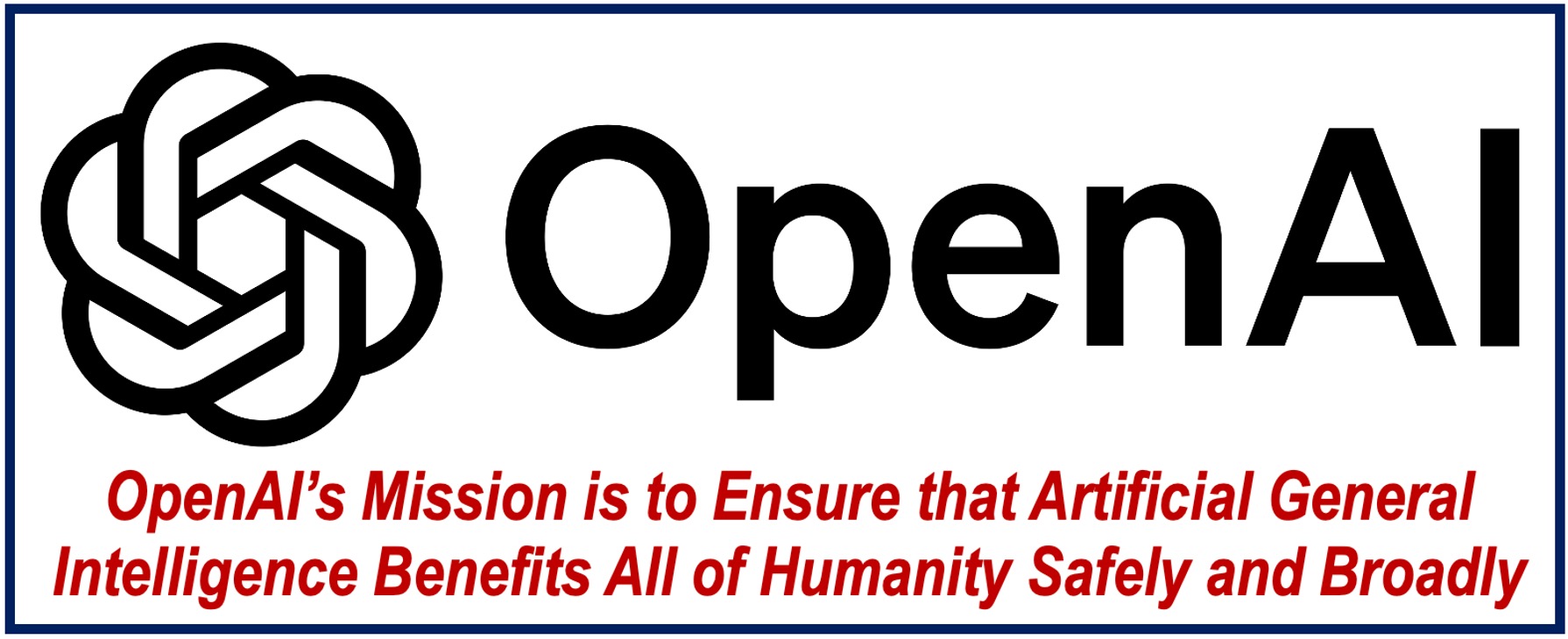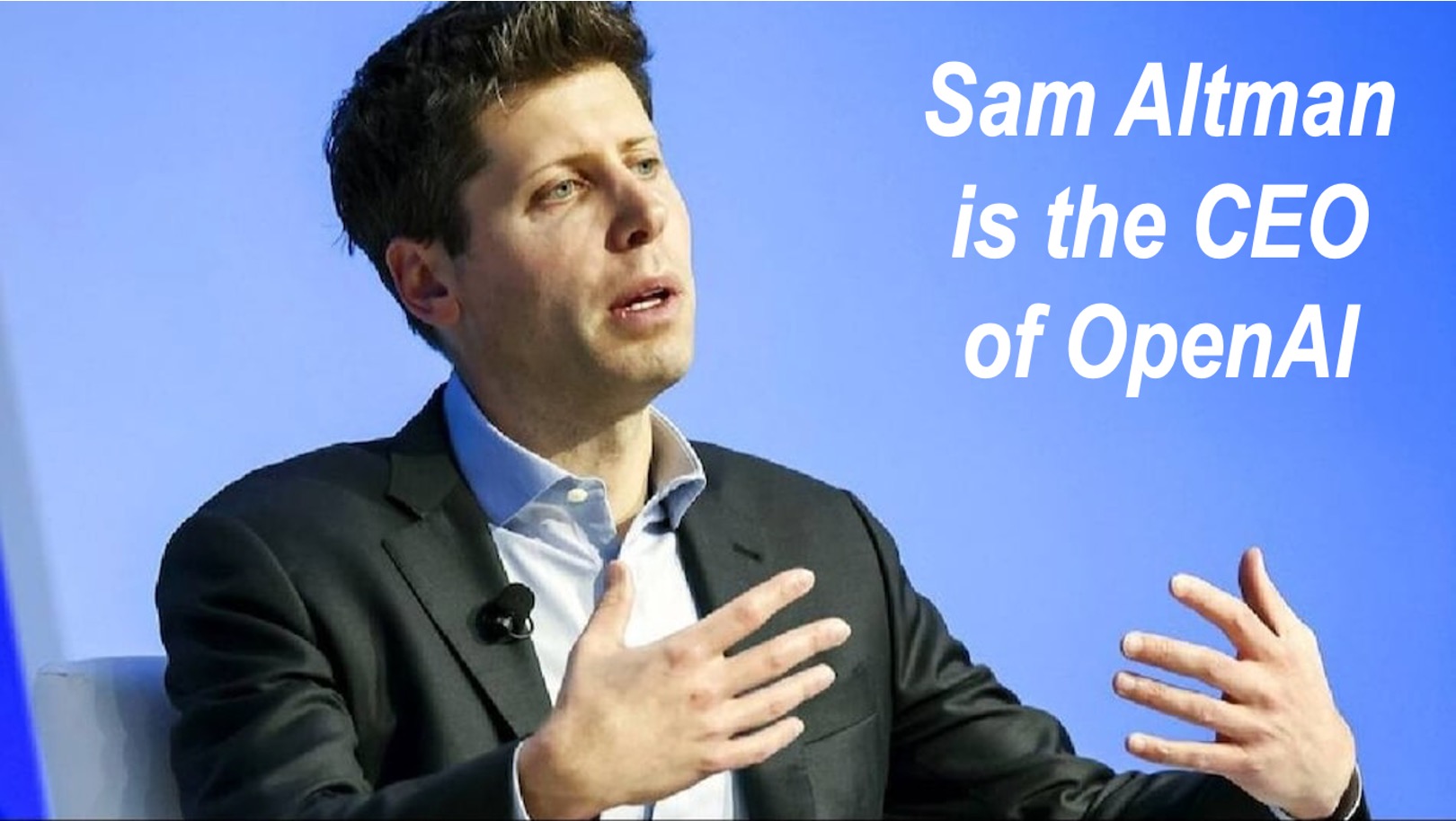OpenAI’s Initial Vision
OpenAI was founded in 2015 with a strong commitment to developing artificial intelligence (AI) that serves humanity.
The founders initially structured the organization as a nonprofit organization, removing the need to generate profit. Its mission emphasized creating safe, transparent AI while avoiding the concentration of power.
OpenAI’s founders, including Sam Altman and Elon Musk, promised that the nonprofit structure would allow for a focus on AI safety and public good, rather than financial gain.

OpenAI’s Shift to a For-Profit Model
However, OpenAI’s structure began shifting in 2019, when it created a for-profit subsidiary to secure large investments from companies like Microsoft.
This shift marked a departure from the nonprofit’s original ideals. OpenAI capped investor profits to 100 times their investments, aiming to balance profitability with its mission.
Despite this, the organization has continued to evolve toward more commercial goals.
In recent developments, OpenAI is planning to restructure into a full-fledged for-profit benefit corporation.
This move has sparked concern among AI safety advocates, as it involves removing control from the nonprofit board that was supposed to safeguard OpenAI’s mission.
Sam Altman, the CEO, will receive equity for the first time, further aligning the company’s leadership with commercial interests.
OpenAI’s Products
OpenAI offers a range of AI tools that are popular across various industries. Below is a brief overview of its key products:
-
ChatGPT
A conversational AI model designed to engage in human-like dialogue, used in customer service, content creation, and virtual assistance.
-
Codex
An AI system that translates natural language into code, powering tools like GitHub Copilot to assist software developers.
-
DALL·E
An image generation model that creates images based on text descriptions, popular in creative industries and design.
-
Whisper
A speech recognition system that transcribes spoken language into text, useful for transcription services and voice interfaces.
-
Embeddings
Provides numerical representations of text to enable tasks like search, recommendation systems, and data analysis.
These products reflect OpenAI’s commitment to pushing the boundaries of AI technology while offering practical applications for a variety of fields.

Executive Departures and Organizational Changes
Alongside these structural changes, several high-level executives have left the company, including Chief Technology Officer Mira Murati.
Her exit, along with other key research leaders, has raised questions about the company’s internal stability. Murati, who had temporarily served as interim CEO during Altman’s brief ousting in 2023, stated that she wanted time for personal exploration.
Other executives, like Bob McGrew and Barret Zoph, also departed recently, reportedly unrelated to the restructuring talks, but their exits nonetheless contribute to the uncertainty surrounding OpenAI’s future direction.
Legal and Ethical Concerns
OpenAI’s Shift to a for-profit model has prompted concerns about whether this move complies with legal standards.
Elon Musk, a co-founder of OpenAI, has publicly called the restructuring “illegal.” Some legal experts argue that the transition itself is not illegal, but if OpenAI fails to handle it properly, the organization could face legal challenges.
The reorganization could also spark public backlash if it is seen as exploiting a formerly nonprofit structure for private financial gains.
The Road Ahead
Experts expect OpenAI’s restructuring will make the company more appealing to investors, potentially raising its valuation to $150 billion.
Yet, this focus on profitability could undermine the company’s original goals of AI safety and public benefit.
While the nonprofit branch of OpenAI will continue to exist, its role has been significantly diminished, leading critics to argue that the organization’s commitment to its founding mission is fading.
For many, OpenAI’s shift marks the end of what its founders had originally envisioned — a nonprofit working to develop AI for the benefit of humanity, free from the pressures of financial return.
The future of OpenAI, now leaning heavily toward a more conventional corporate structure, remains uncertain as it navigates these significant changes.
